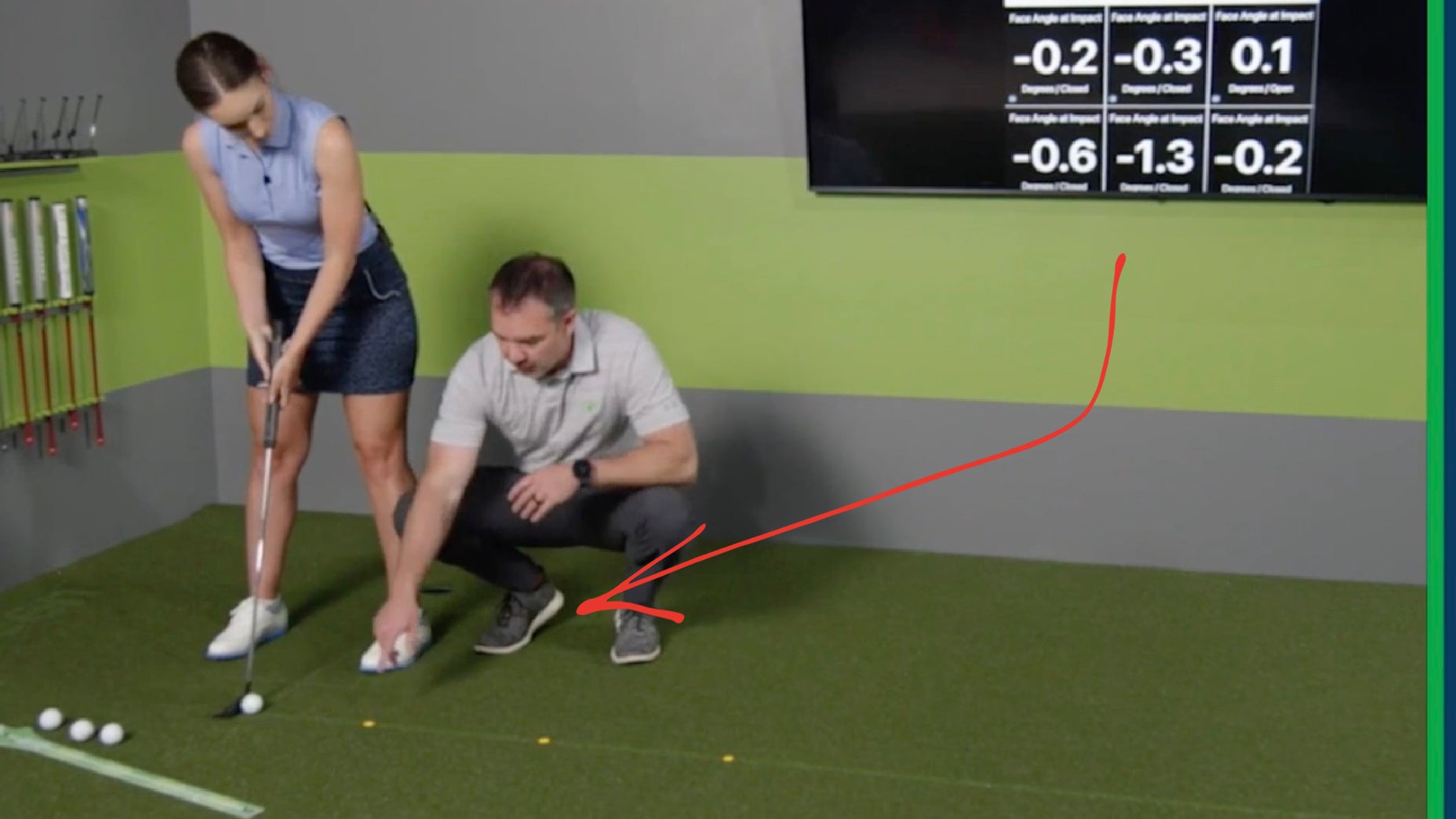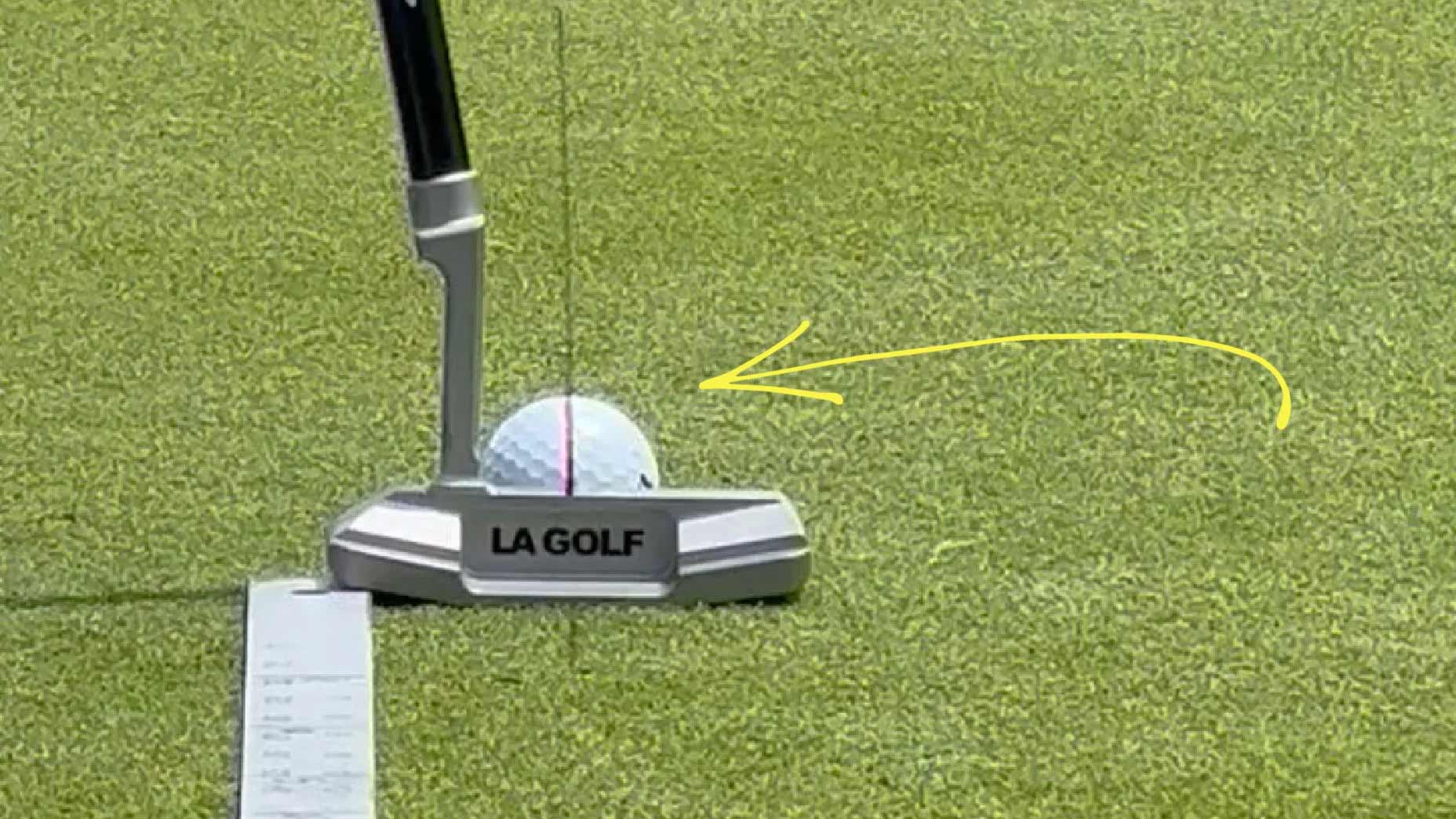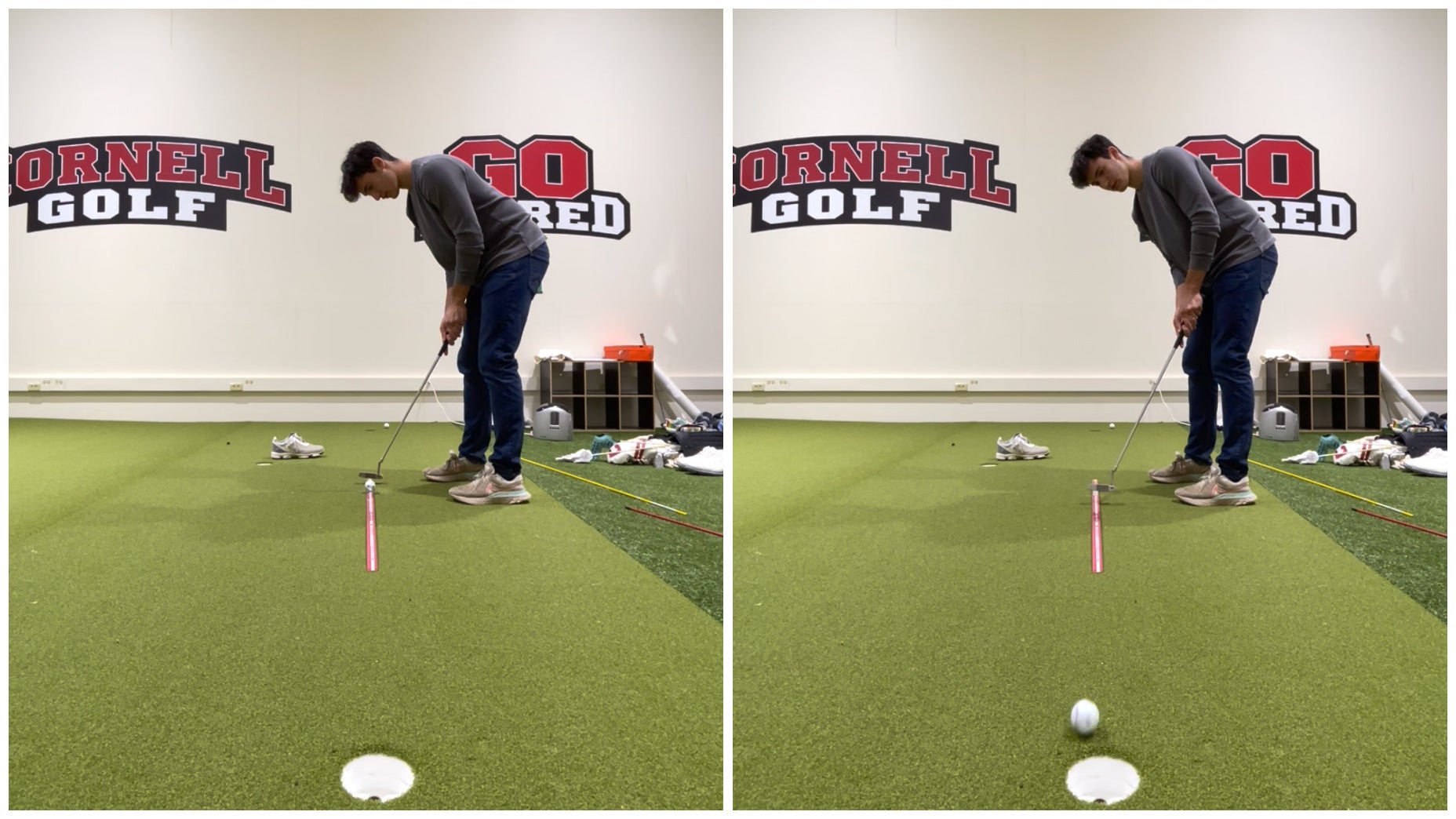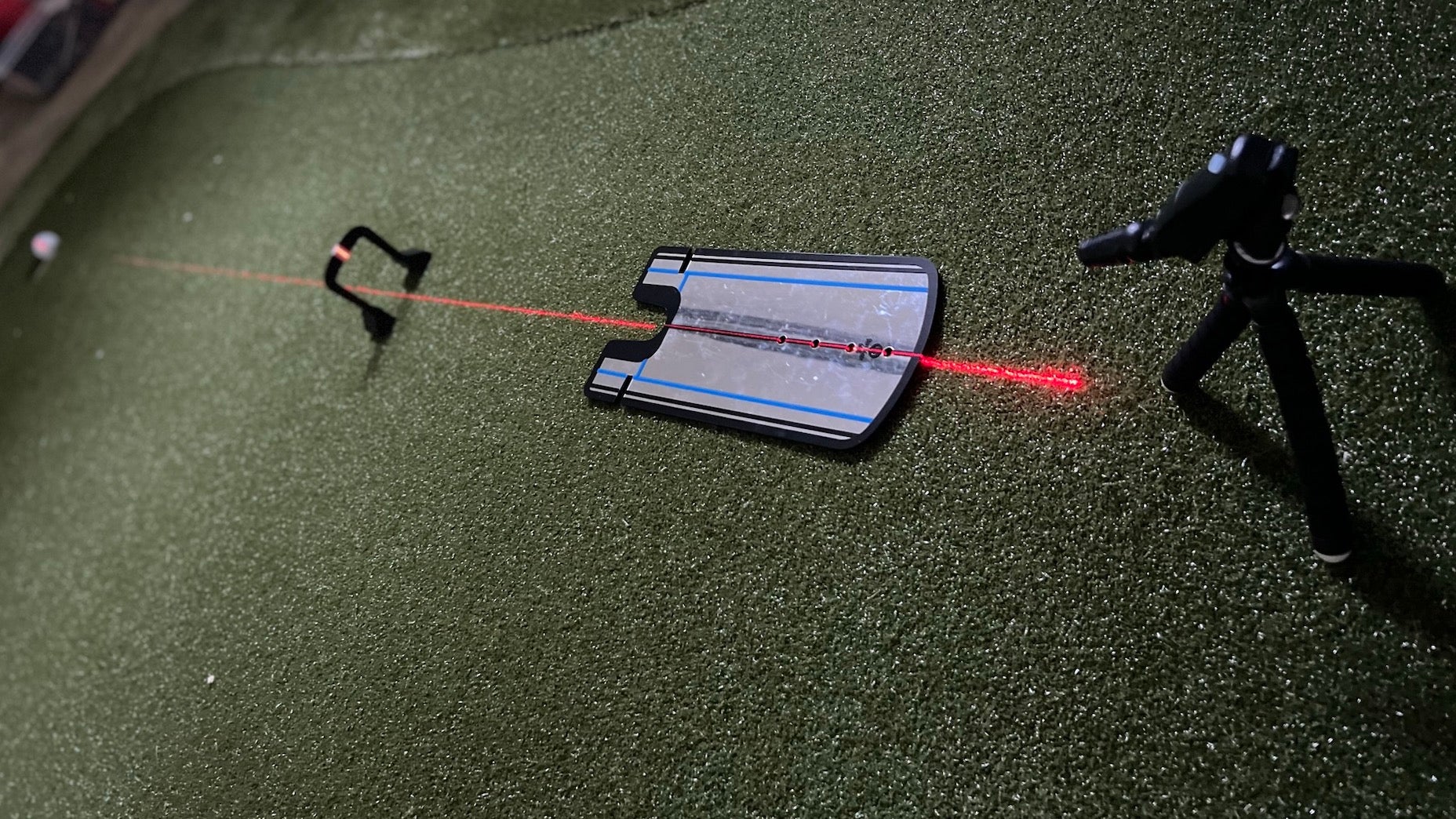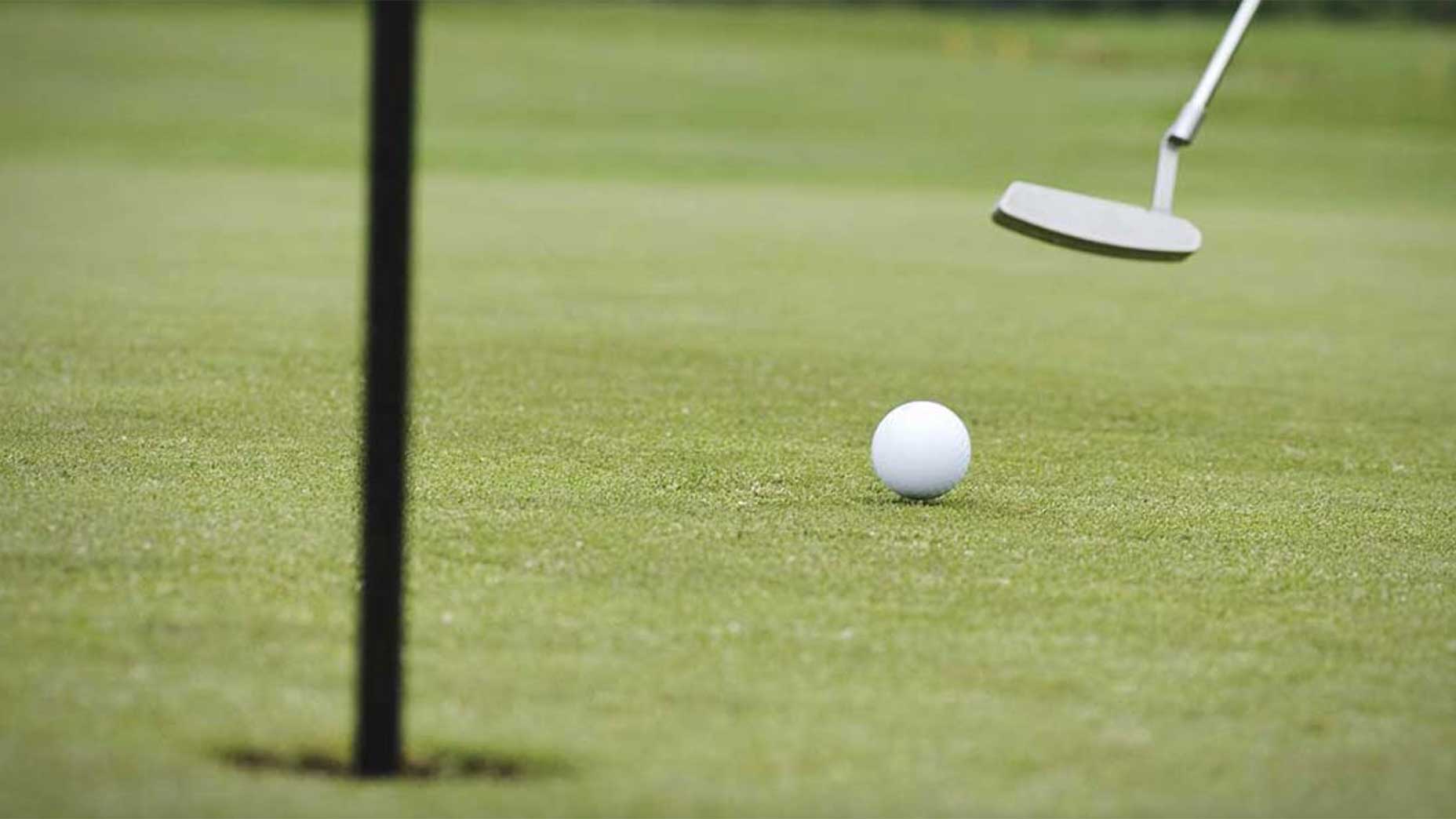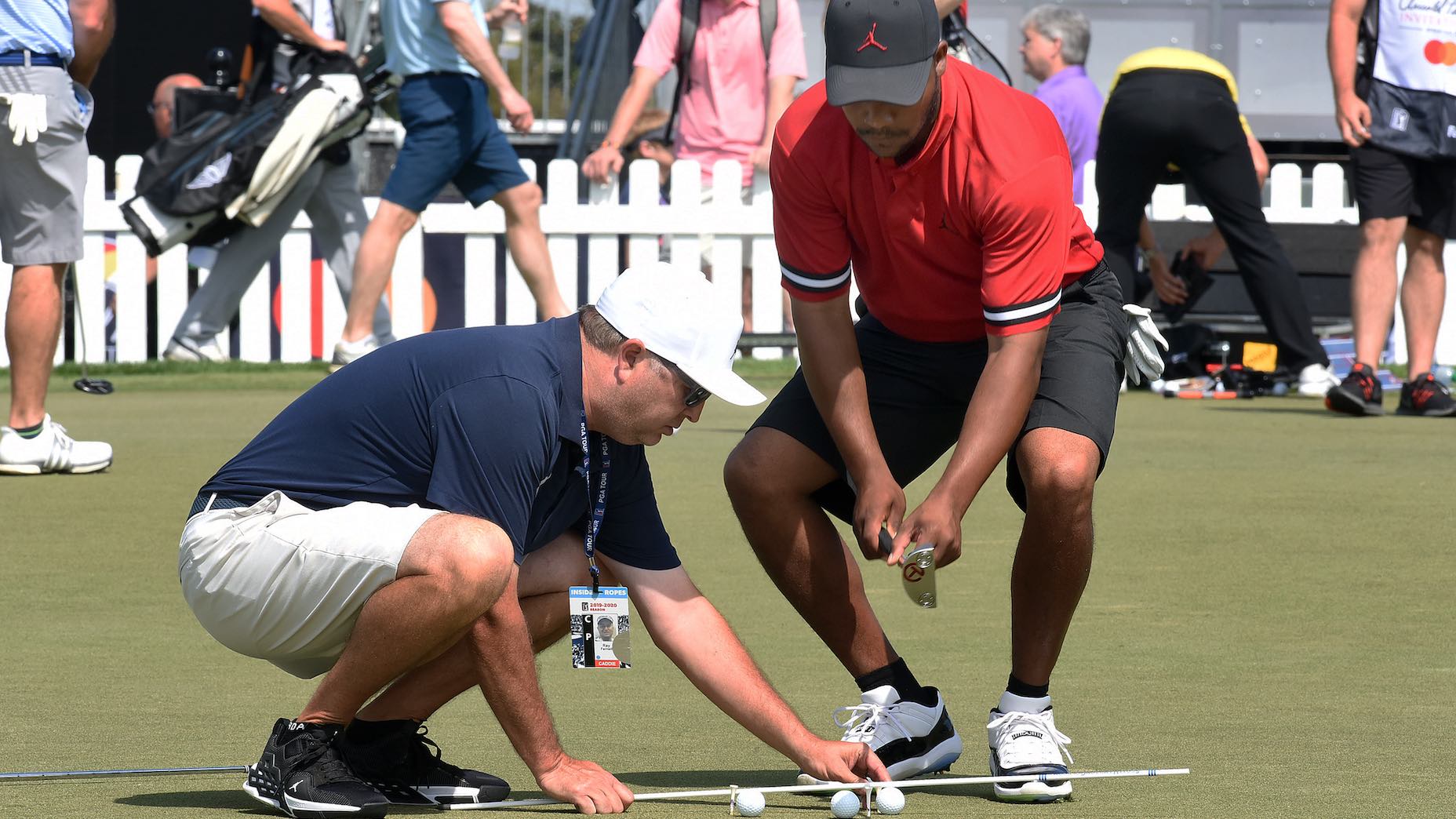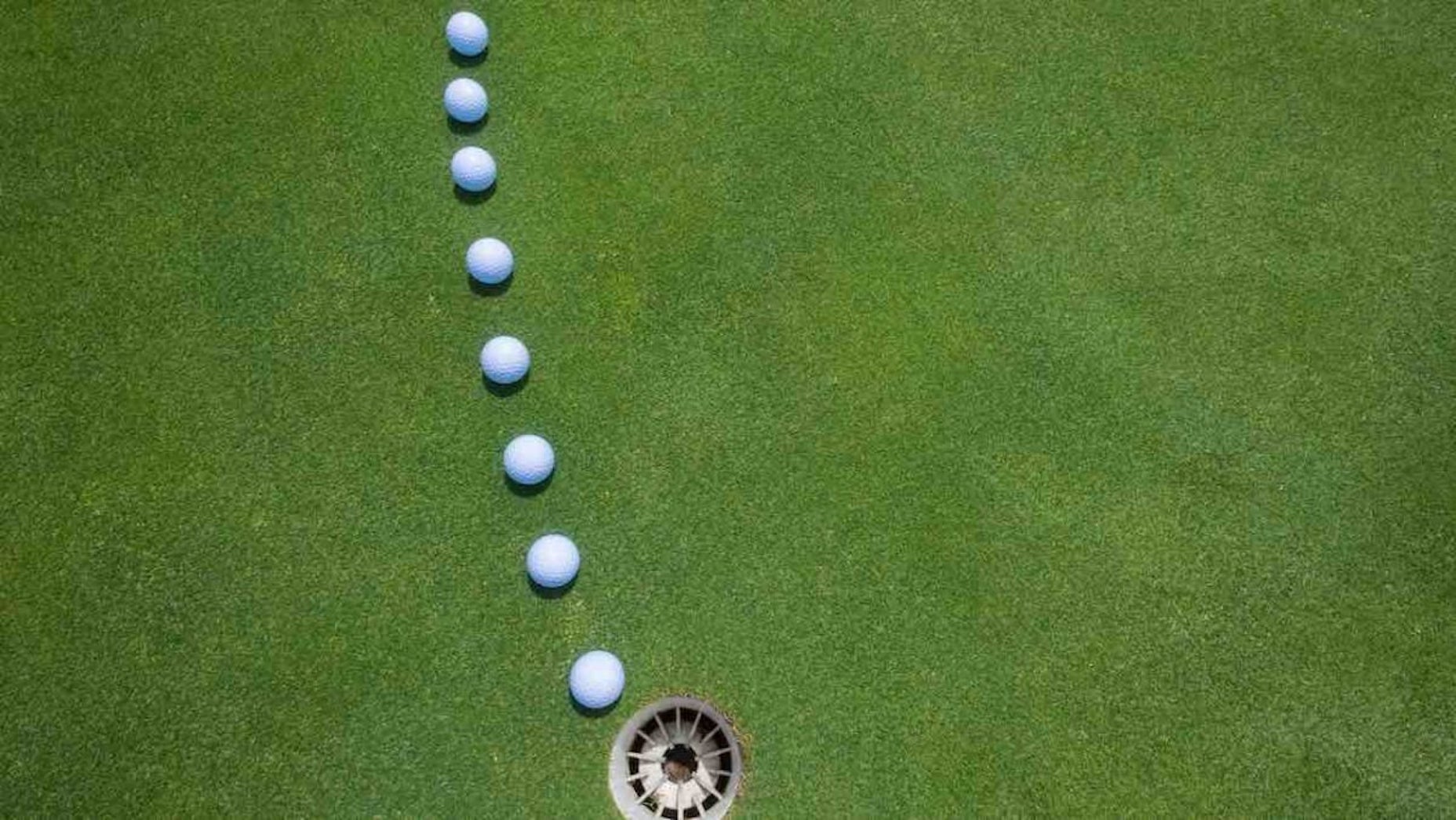One of the quickest ways to lower your scores and make golf more fun is to avoid three-putting. The key is to get that first putt so close, it alleviates stress. If the ball doesn’t fall into the hole, you leave yourself a short tap-in. Sounds good, right?
Practice these five tips and you’ll quickly notice an improvement in your putting stats.
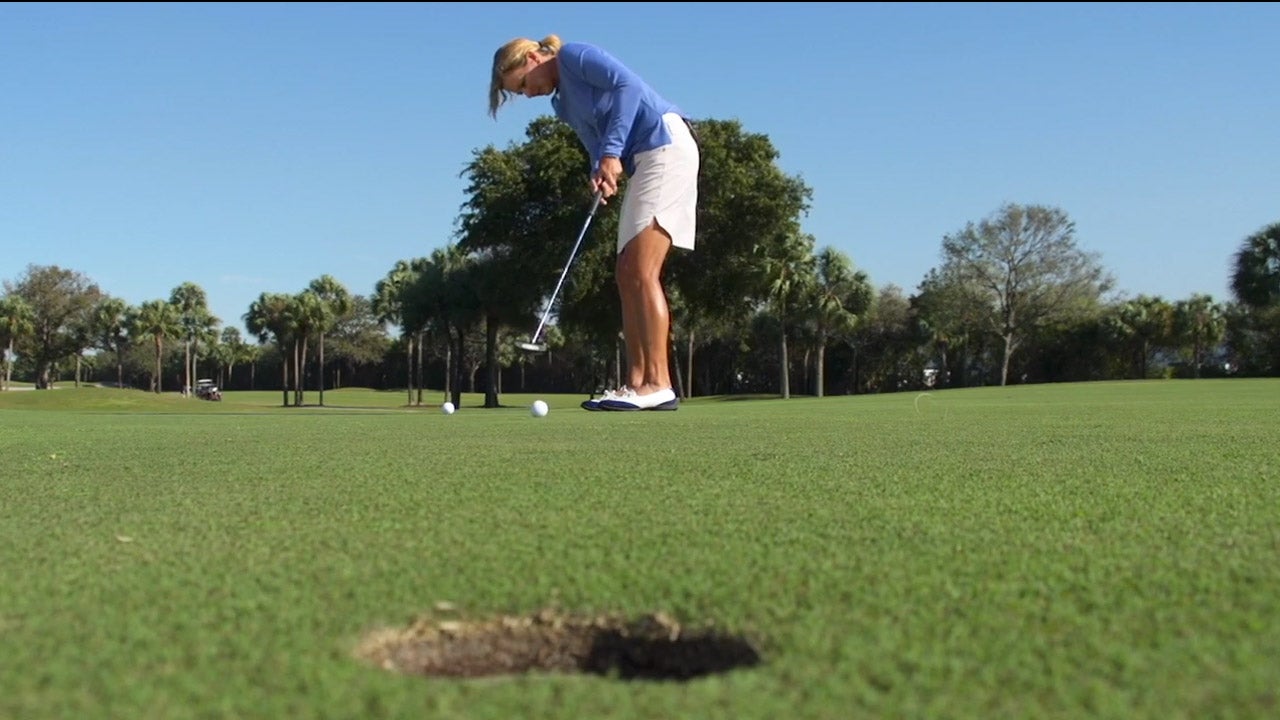
1. Good technique — posture and path
It always seems to start with good technique when it comes to golf. Good posture where you bow from your hips and allow your hands to hang from your shoulders will give you a nice natural path underneath your shoulders for your arms to swing. Having your shoulder and forearms relatively parallel to the target line due to proper ball position will also help to deliver a putter face that is aligned properly at impact.
2. Fewer moving parts
In order to be able to control distance, it is really important the there aren’t a lot of moving parts. Your lower body and head should stay relatively still throughout the stroke. When the lower body starts to move too much, it is difficult to control distance and direction.
One of my favorite ways to limit this motion is to pigeon toe your feet much like Arnold Palmer did. This restricts the lower body and makes it nearly impossible to move the lower body too much.
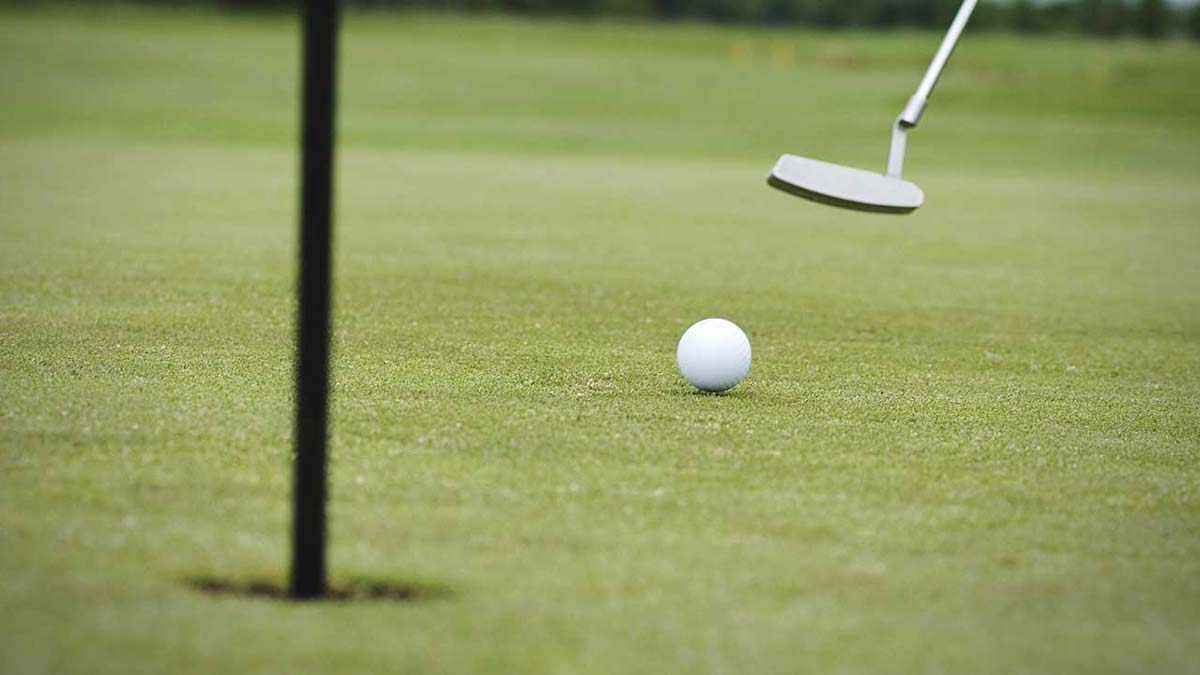
3. One method to control distance
Stroke size is the most effective way to control distance. As the stroke size changes, so does the speed that the putter collides with the ball, delivering more or less power and distance.
Once you can equate distance with stroke size it is much easier to be more even with grip pressure and to keep your stroke even is size. It is not how hard you hit it! Make your stroke the right size: larger for father and smaller for shorter.
4. Calibrate your putting stroke
There are two basic ways to get really good at controlling distance. The first is more applicable to golfers who have played for a longer time. Through practice and experience, the ability to control distance is something the golfer owns and can do by instinct as a result of practice time paying off.
For the newer golfer with less experience, there is still great hope. You can calibrate your putting stroke to control distance, in a system that is a basic or as elaborate as you choose. I have seen calibration systems work extremely well and very quickly even for new golfers. Obviously stroke size would need to change based upon the speed of the greens you are playing. Here is an example of calibration I have seen work really well:
If one of your large steps is approximately three feet, you could pace your putt and take one inch of back stroke for each one step. For example, if your putt was six steps (18 feet), your back stroke would need to be six inches long. You would add for uphill and subtract for downhill to allow this calibration system to work. You could also add for slower greens or subtract for faster greens. This is not a perfect system, but it can really make a huge difference to brand new golfers to start to understand the distance controlling concept and develop a system to get that first putt close.

5. Be a good green reader
Much like controlling distance, reading greens to understand how the changing tilt will cause your golf ball to curve can take a bit of time if you choose to do it through trial and error.
I think one of the easiest ways to do this is to “look at the area.” In other words, compare the area 5 feet right of the line to 5 feet left of the line. Often looking at the area can make the tilt that much easier to see. If you have a particularly long putt, you may need to divide the putt into sections and read the area for each section.
Another option is to take advantage of new technology. The green maps that pros use is available to many golfers in the new Green Books by Golflogix, which is GOLF’s sister company.
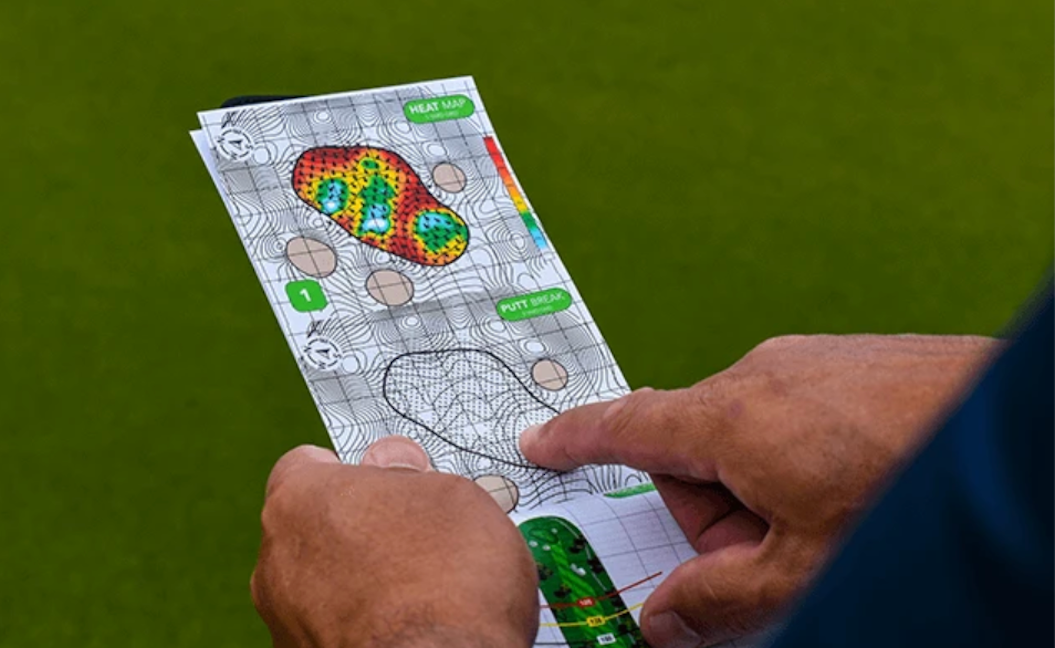
Green Books by GolfLogix
It certainly is fun to see those beautiful golf shots fly through the air, but when it comes to scoring, one of the biggest differences between a lower and higher handicap golfer is the number of three-putts. You can do something about that today. An additional benefit of being a better putter is that it also takes pressure off your full swing, since you know you have a way to cover the inconsistencies that can come from the bigger swing. Less putts will lead to lower scores.
GolfLogix and GOLF.com are operated by the same holding company, 8AM Golf.


